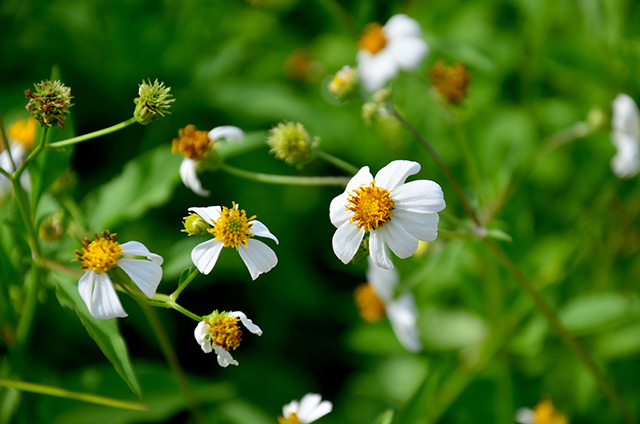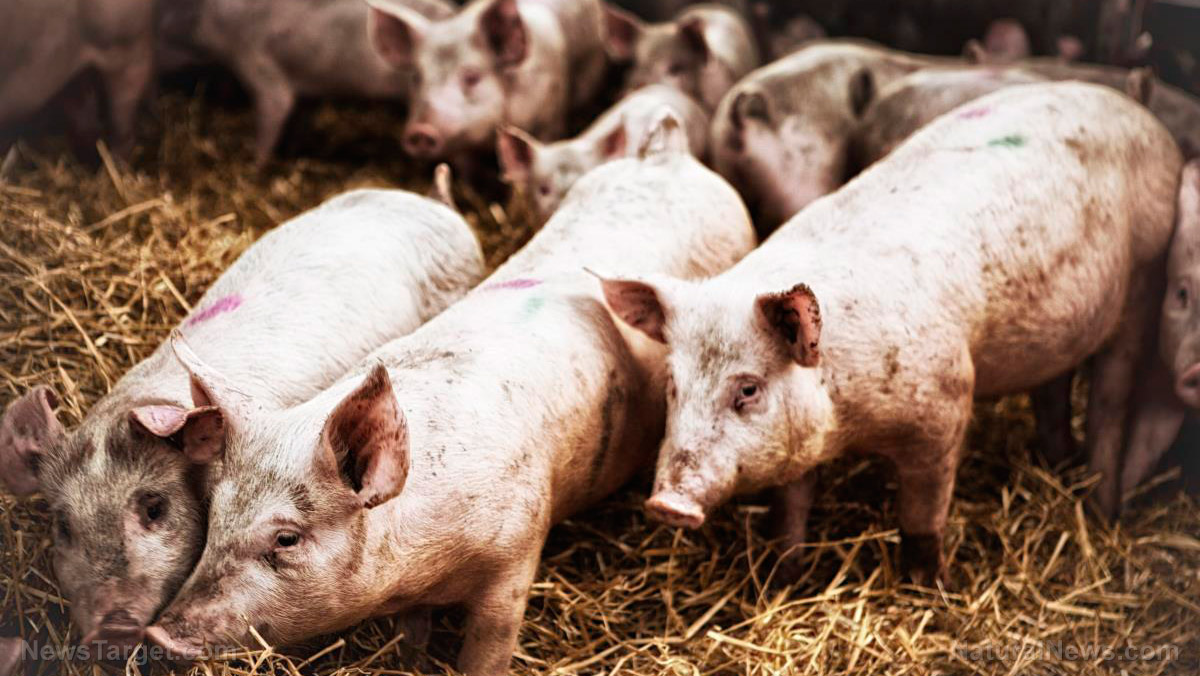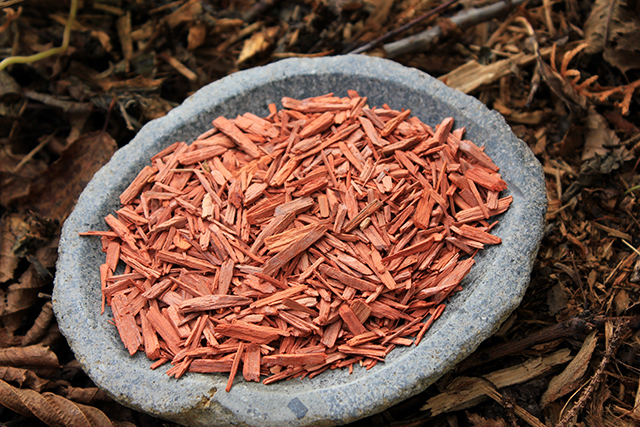Air pollution and asthma: People living in tree-lined neighborhoods have fewer attacks
12/13/2017 / By Zoey Sky

According to a recent study, people who reside in polluted urban areas are far less likely to be hospitalized due to asthma if there are a lot of trees in their neighborhood.
Based on a study by the University of Exeter‘s medical school, the effect of urban greenery on asthma implies that our respiratory health can benefit from “the expansion of tree cover” in urban areas that are severely polluted.
For this study, the researchers looked into more than 650,000 serious asthma attacks spread out over a 15-year period. Emergency hospitalizations were cross-referenced in 26,000 urban neighborhoods in England.
For the most polluted urban areas, those in places with more trees reported fewer emergency asthma cases. Meanwhile, in relatively unpolluted urban areas trees did not have the same effect.
The results could have a significant impact on future planning and public health policy, and it could mean that tree planting may help reduce the effects of air pollution from cars. At least 5.4 million are being treated for asthma in the U.K., and annual cost to the National Health Service (NHS) amounts to an estimated one billion British Pounds.
An estimated 18 percent of adults have reported asthma in the previous 12 months, and a quarter of adolescents aged 13 to 14 years old reported symptoms. Asthma causes more that thousand deaths annually. (Related: Trees save how many lives a year in the United States?)
Dr. Ian Alcock, a research fellow at the University of Exeter‘s Medical School, led the study and he determined that trees and green space were both connected to a decrease in the number of people that needed hospitalization because of asthma.
Alcock said, “We wanted to clarify how urban vegetation may be related to respiratory health. We know that trees remove the air pollutants which can bring on asthma attacks, but in some situations they can also cause localised build-ups of particulates by preventing their dispersion by wind. And vegetation can also produce allergenic pollen which exacerbates asthma.”
He continued, “We found that on balance, urban vegetation appears to do significantly more good than harm. However, effects were not equal everywhere. Greenspace and gardens were associated with reductions in asthma hospitalisation at lower pollutant levels, but not in the most polluted urban areas. With trees it was the other way round. It may be that grass pollens become more allergenic when combined with air pollutants so that the benefits of greenspace diminish as pollution increases. In contrast, trees can effectively remove pollutants from the air, and this may explain why they appear to be most beneficial where concentrations are high.”
Co-author Dr. Rachel McInnes, the Senior Climate Impacts Scientist at the Met Office, added that their findings regarding the benefits of various kinds of vegetation, such as “space and gardens, and tree cover” have different effects on areas with both very high and very low air pollution levels. She explained that the data can be used “for public health and urban planning policies.”
She added that the connection between pollen and air pollution, and “the effect on health and asthma” is manifold. This study helped confirm that they must proceed with further research concerning these matters.
Why should we plant more trees?
Trees offer various benefits aside from beautifying our lawns. Consider planting more greenery on your property because of the following reasons:
- They offer shade — Trees in your yard provide shade, which can keep you cool on hot days. Trees can also help lower your air conditioning bill, especially if they shade your house from direct sunlight.
- They improve your landscaping — A yard full of trees has a more “natural and inviting” vibe. They are also easier to maintain than ornamentals.
- Lowered landscaping costs — It is often expensive to keep your yard looking beautiful. With trees, you won’t have to spend so much on maintenance and upkeep, unlike other plants.
You can read more articles about the benefits of green living and other natural cures at Healing.news.
Sources include:
Tagged Under: asthma, asthma attacks, green living, respiratory health, tree-lined neighborhoods, trees, yards



















